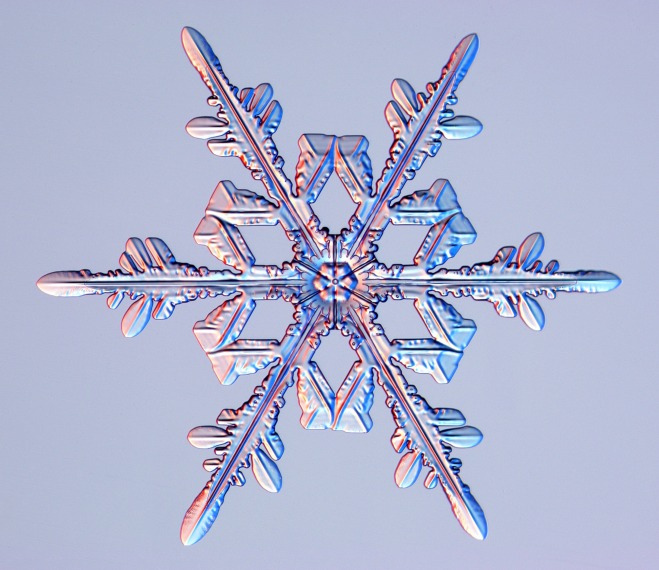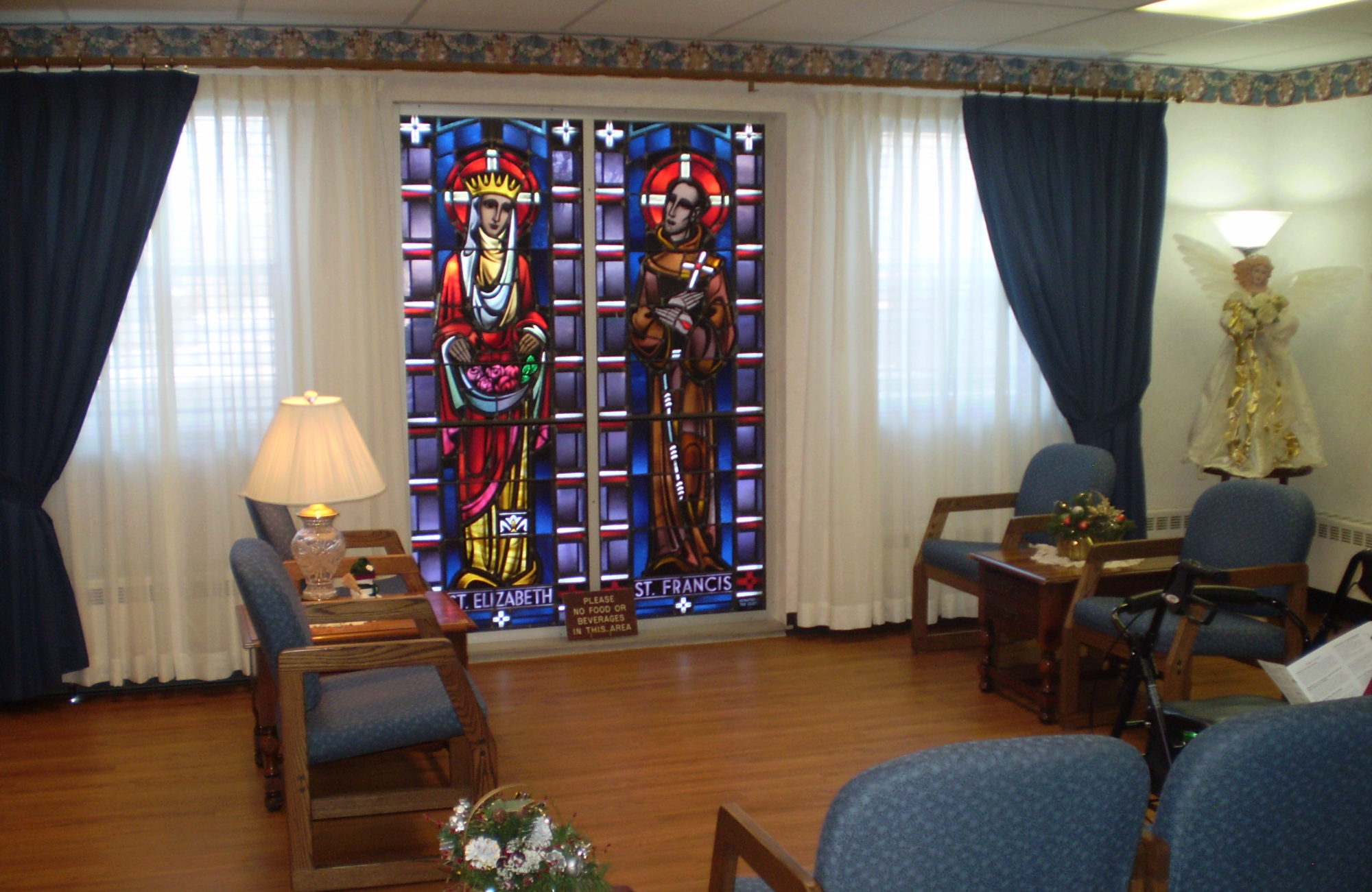 Here at St. Anne’s, recent snowfalls and blizzard conditions have really effected our lives. Some staff have not been able to make it to work and others needed to leave early. Adoration in our chapel had to be cancelled, and our dogs cannot go outside to “do their business” in the usual area, due to drifted snow.
Here at St. Anne’s, recent snowfalls and blizzard conditions have really effected our lives. Some staff have not been able to make it to work and others needed to leave early. Adoration in our chapel had to be cancelled, and our dogs cannot go outside to “do their business” in the usual area, due to drifted snow.
This week, it seemed appropriate, to do an article about this “white stuff,” as we started off the season with a bang, getting over a foot of snow since Monday evening.
Enjoy some interesting facts about this substance, which many of us refer to as a four-letter word.
Did you realize that snow is actually not white? According to an article by ‘Mental Floss,’ snow is actually colorless, or translucent. It goes on to explain that “light does not pass through it easily (like it would transparent glass), but is rather reflected. It’s the light reflected off a snowflake’s faceted surface that creates its white appearance.” This is because “some wavelengths of light are absorbed while others are reflected (remember, light is a spectrum of colors). The object takes on whatever color light is reflected…Since snow is made up of so many tiny surfaces, the light that hits it is scattered in many directions and will actually bounce around from one surface to the next as it’s reflected. This means no wavelength is absorbed or reflected with any consistency, so the white light bounces back as the color white.”
Another interesting fact pointed out by this source is that deep snow can even appear blue “because layers of snow can create a filter for the light, causing more red light to be absorbed than blue light,” causing it to look blue. Stranger yet is pink snow found
“in high alpine areas and the coastal polar regions [where snow] contains cryophilic fresh-water algae that have a red pigment.”
Although there may be an exception (one case in Wisconsin was noted), it is often said that no two snowflakes are alike. This is an amazing proposition since at least 1,000,000,000,000,000,000,000,000 snow crystals fall each winter in the United States.
Certainly, you wouldn’t readily find one like the 15-inch during an 1887 snow storm in Montana.
It would take a lot of these crystals to meet the record snowfall in the U.S. for a 24 hour period. The current record is
75.8 inches, set in 1921 in Silver Lake, Colorado.
 A Huffington Post article on the top points out that snowflakes are formed in the clouds when water droplets freeze, forming a six-sided crystal structure. As the temperature cools, more water vapor freezes and grows in branches from the six sides of the seed crystal. As the crystals form, they are randomly tossed about inside the clouds, which vary in temperature.”
A Huffington Post article on the top points out that snowflakes are formed in the clouds when water droplets freeze, forming a six-sided crystal structure. As the temperature cools, more water vapor freezes and grows in branches from the six sides of the seed crystal. As the crystals form, they are randomly tossed about inside the clouds, which vary in temperature.”
The formation of the snowflake is effected greatly by the temperature at which it forms.
Snow is used for many things: igloos, recreation, etc. Igloos are made from blocks of snow and can be over 100 degrees warmer than outside, heated simply by body heat. As far as recreation goes, Seattle is created as the home of the largest snowball fight, engaging almost 6,000 people. The proceeds benefited the Boys and Girls Clubs of Seattle.
However, as you know, snow can also be dangerous. For a storm to qualify as a blizzard, it must reduce visibility to less than ¼ mile and winds must exceed 35 miles per hour. Furthermore, it must last at least three hours.
Resource List:
https://www.taskeasy.com/blog/2015/11/06/10-incredibly-cool-facts-about-snow/
http://mentalfloss.com/article/61089/15-incredibly-cool-facts-about-snow
http://www.huffingtonpost.com/2013/02/11/snow-facts-interesting-trivia-winter_n_2662002.html

